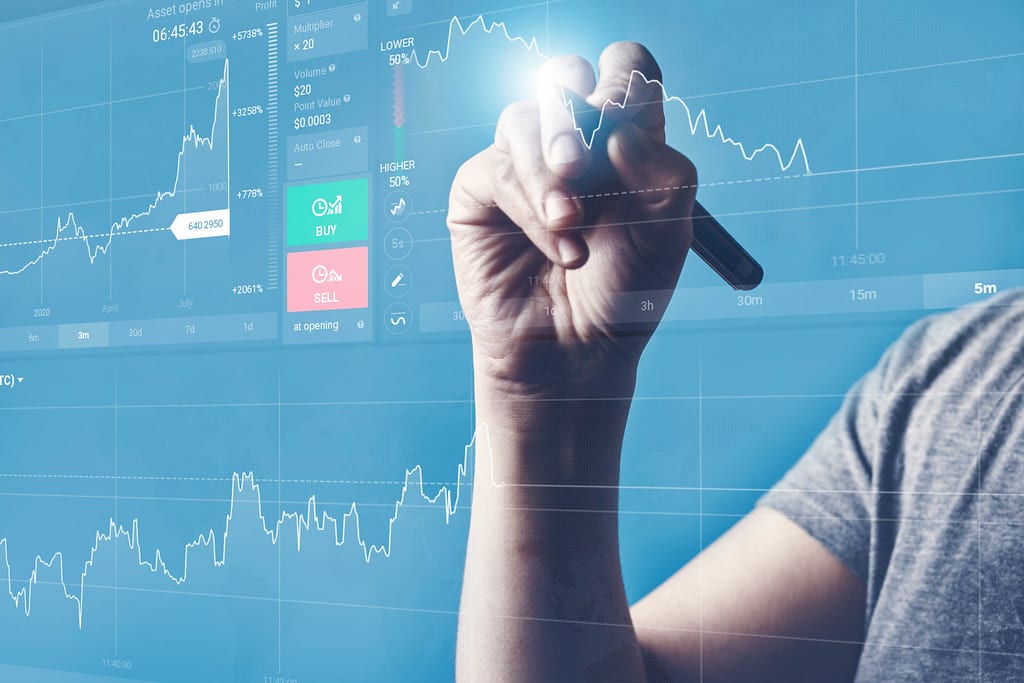Trading on the stock market necessitates having a demat account. A Demat account, which is similar to a bank account and is maintained by the NSDL or CDSL, can be opened and accessed by stockbrokers or other depository participants. Exactly like money in a bank account, the stocks you buy are held in your Demat account and are moved in and out of it based on the shares you buy and sell.
A Demat account provides functionality that is comparable to that of a bank account, enabling its holder to view bank account statements and passbook details. You may check the balance of your Demat account and examine the statement of Demat holdings, just like you would with your bank account.
Even while managing a Demat account is simple and has many benefits, particularly for those who regularly engage in the stock market, novice investors may find it challenging to monitor their account balance at first. The purpose of this article is to assist newly opened accounts with similar accounts in prompt and error-free account balance checks.
What do we mean by a demat account balance?
As previously said, a Demat balance gives a person a summary of all the shares and securities they are currently holding. The account updates quickly, just like a typical bank account, with each share or stock that is bought or sold. On the other hand, as Demat Accounts deal with shares and securities rather than actual money, there is no such need about maintaining a minimum amount.
What do we mean by Ledger balance?
The account statement that the depository bank computes at the end of each day is referred to as the ledger balance in a Demat account. In these accounts, the Demat account may also display a negative ledger balance if the taxes, brokerage, and Annual Maintenance Charges (AMC) are not paid on schedule. Therefore, making the same timely payments is always a great strategy to keep your trading account hassle-free and your ledger balance in check.
How do I check the demat account balance?
There are typically three methods available for examining the balance of a Demat account. They are mentioned below:
- Depository participants typically use a digital platform to open dematerialized accounts. The dematerialized account balance can be viewed on this digital platform, just like it can on standard e-banking or mobile banking platforms. Following the opening of a Demat account with no balance, users can access the site to examine both the account status and the statement for Demat or dematerialized accounts. Through eye-catching graphs and charts, the depository portals also hope to shed light on an individual’s investing decisions. Periodically, either quarterly, half-yearly or annually, the depositors send statements of their Demat accounts.
- The trading account can also be used to monitor the balance of a Demat account, as Demat accounts are typically connected to it. Using their usual login credentials, users can access their trading accounts and view their current account balances in real-time.
- In case an individual already has one or more Demat accounts across many depository portals, it may become necessary to check the Treasury of all comparable accounts. The individual in such circumstances has access to a Consolidated Account Statement or CAS.
Visit the NSDL or CDSL website.
Log in with the required credentials.
Enter your 10-digit PAN number when prompted.
Next, input your 16-digit Demat account number.
Enter your DOB
Complete the Captcha (if prompted by the respective website)
An OTP will be sent to the registered mobile number upon completion of these procedures, enabling the user to access, see, and even download the CAS statement.
Why do you need to check your demat account balance?
It is crucial to confirm that your broker has moved the shares you purchased from the common pool account into your Demat account following settlement and payout. When the payment is carried forward, it is usually anticipated that the shares will transfer automatically. This might be the case in most situations. On the other hand, it’s also possible that some purchased shares haven’t been deposited into the buyer’s Demat account. As a requirement for margin for other clients, the broker could instead hold them in the common pool account for longer than is necessary.
This is comparable to a bank account declining to credit the amount on the cheque to your account. Rather, the bank chooses to retain the sum in their account that is rightfully yours. What happens if your Demat account does not contain the shares you recently bought? The first is taking on too many risks without need. You might not even be aware that your broker is using your shares to fulfil a delivery obligation they have to another client.
Therefore, there is a chance that your broker is lending your shares to someone else without your awareness. Furthermore, your broker can use your shares to satisfy their margin requirements on a particular exchange. In the event of a sharp decline in the market, you run the danger of having your shares sold by the same exchange. The worst-case scenario in this situation would be that the broker is unable to provide that exchange with any further margin promptly.
Neglecting to check your demat account status can result in not receiving dividends from purchased shares, as these will be given to your broker instead. It is crucial to ensure your brokerage transfers the shares from the common pool account into your personal Demat account.
By using several depository participants, investors can diversify their portfolios and select the investment vehicle that best suits their needs. Opening demat accounts with many DPs can yield better rates and services, and depository participants are generally safe. The DP website and app let users see the status and balance of individual Demat accounts, while the CAS provides a summary of all Demat accounts across the DPS. It’s crucial to remember that depository participants could abruptly close, protecting the shares.




